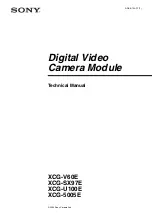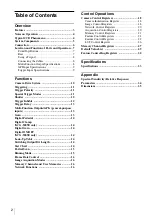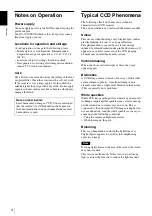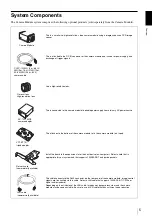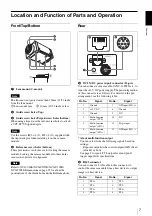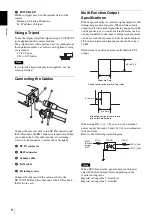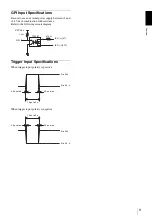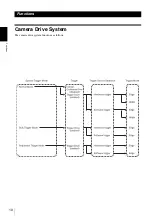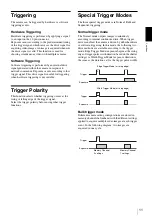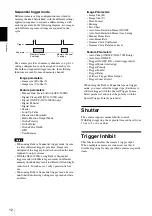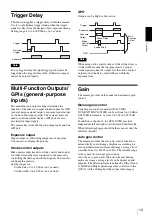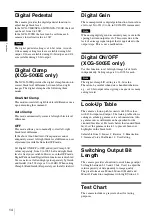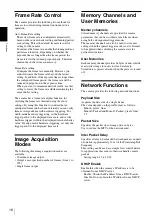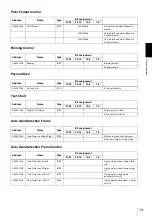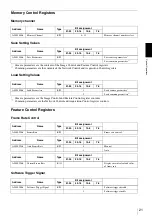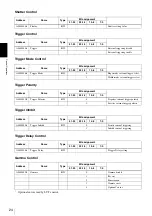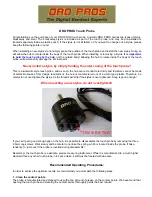
F
u
nc
ti
ons
11
Triggering
The camera can be triggered by hardware or software
triggering events.
Hardware Triggering
Hardware triggering is performed by applying a signal
to an input on the 12-pin connector.
Exposure occurs according to the predetermined timing
of the trigger signal, which serves as the drive signal for
acquiring video images. An image is acquired whenever
the drive signal is valid. This function is used for
shooting simultaneous video with multiple cameras.
Software Triggering
Software triggering is performed by an internal drive
signal generated within the camera in response to
network commands. Exposure occurs according to this
trigger signal. This drive signal is useful for triggering
when hardware triggering is not suitable.
Trigger Polarity
This function selects whether triggering occurs at the
rising or falling edge of the trigger signal.
Select the trigger polarity before using other trigger
functions.
Special Trigger Modes
The three special trigger modes are Normal, Bulk and
Sequential triggering.
Normal trigger mode
The Normal mode outputs images continuously
according to internal continuous drive. When trigger
drive is enabled, the camera is driven by either hardware
or software triggering. In this mode, the following two
drive methods are available according to the trigger
mode: Edge Trigger Mode (exposure begins at the rising
edge of trigger pulses with duration based on the shutter
settings) or Width Trigger Mode (exposure duration is
the same as the duration set for the trigger pulse width).
Bulk trigger mode
Different camera setting configurations are stored in
memory channels beforehand, with the different settings
applied to acquire multiple video images at each trigger
event. In the following diagram, two images are
acquired in one cycle.
Edge Trigger Mode (at rising edge)
Trigger
Exposure
Width Trigger Mode (at rising edge)
Trigger
Exposure
Trigger
Exposure
Memory Channel
0 settings
Memory Channel
1 settings

